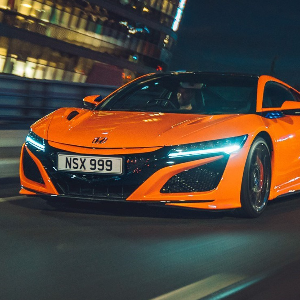
The third generation of the Renault Zoe is here, and now comes with a claimed range of 245 miles. Find out how we got on with it here.
Zoe is a lovely name. It’s actually the Greek for ‘life’ as well as being a popular girls’ name. And if you’re a car person you will of course know that it is the name Renault gave to its first bespoke electric hatchback it launched in 2012.
The name had been announced a couple of years before the car actually hit the showrooms and this triggered a somewhat farcical legal wrangle. The parents of two French girls both called Zoe Renault, tried to claim in court that their kids, and others named Zoe, could face a lifetime of mockery for sharing their name with a car. Not surprisingly the case was chucked out and Renault carried on readying the Zoe for launch.
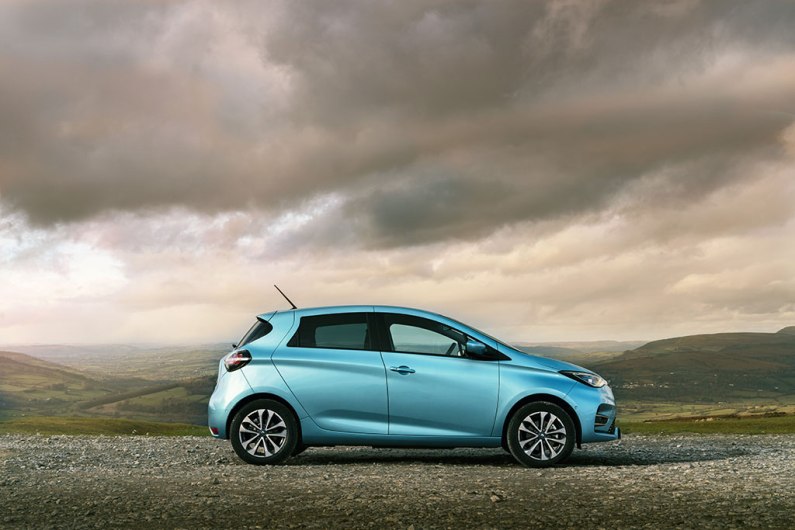
Back then the car came with a 22kWh battery and had a range of 90 miles. And that was in perfect conditions: chuck in a bit of rain and cold and the range dropped off a cliff. I clearly remember some nail biting moments as I mentally calculated the distance remaining on the car’s battery level gauge to the nearest charging point. Also of driving the car with the heating turned off and only using windscreen wipers when vision was similar to looking through a shower screen.
In 2016 the second generation Zoe was launched with a bigger 41kWh battery that gave the car a maximum range of 186 miles. Much more like it, range anxiety now downgraded to range concern. Now we have this 3rd generation car with a range extended to 245 miles thanks to its 52kWh battery. The battery itself is not physically bigger than the original car’s pack so there’s been no robbing of passenger or luggage space.
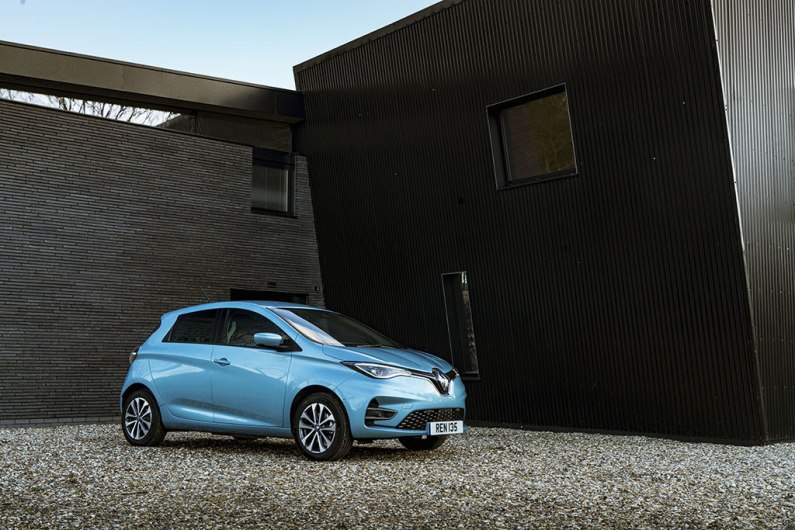
Much else has also changed in the new car, not just its range. From the outside you’ll spot a new front bumper and a larger Renault badge behind which are the charging ports, and now standard LED headlamps. Other changes to the car’s lines bring its styling more into line with the latest Clio and Captur models. The more significant changes, however, have taken place inside the car. A lot of the hard plastics and been removed and replaced by soft-touch materials. There’s also more brightwork to be seen which together with the softer materials clearly lifts the perceived quality.
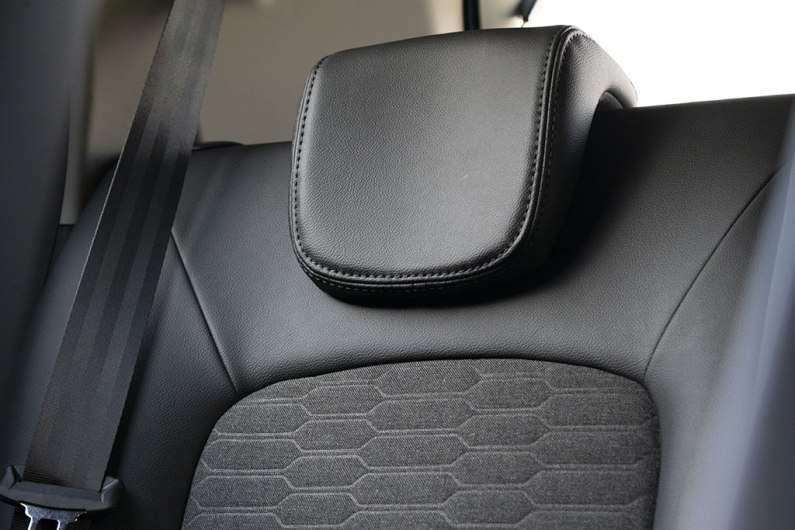
There are three grades of Zoe to choose from starting with the entry-level Play. While all Zoes are fitted with the new 52kWh battery, there are two different electric motors available. The Play gets the 106bhp R110 motor and the Iconic (which is the middle trim level) has the choice of this motor or the more powerful 133bhp R135 motor. The top spec GT Line, which is the one we’re testing, comes only with the more powerful R135 motor.
The GT Line also comes with a 9.3inch infotainment touchscreen rather than the standard 7.0in screen but all versions are fitted with a 10in digital instrument panel. All the tech is straightforward to use and Renault ticks a box for me by fitting rotary controls for the heating and switches for other regularly used features including steering column-mounted volume buttons for the audio.
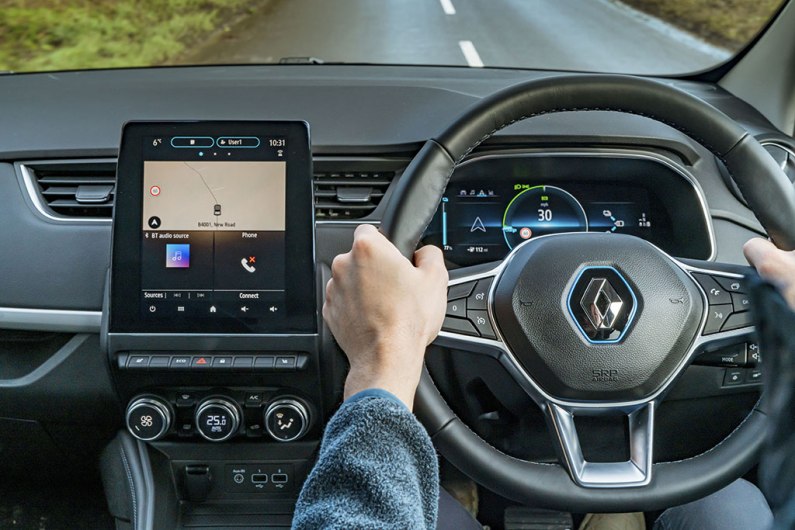
Apart from a synthetic whirring noise that warns pedestrians of your approach (it cuts out at 20mph) progress in the Zoe is very quiet. Extra sound deadening has been added to this 2020 model that reduces even further the road and wind noise. It’s a nice way to travel. The 0-62mph time with the R135 motor is 9.5sec compared to 11.4sec with the R110 motor. You do lose bit of range with the more powerful motor but the extra acceleration does make itself felt. The Zoe Iconic, which as we’ve pointed out is available with either motor, costs £27,670 with the R110 motor and £28,120 with the more powerful one. On price, our GT Line costs £29,120 (all prices minus PICG which is now £3,000).
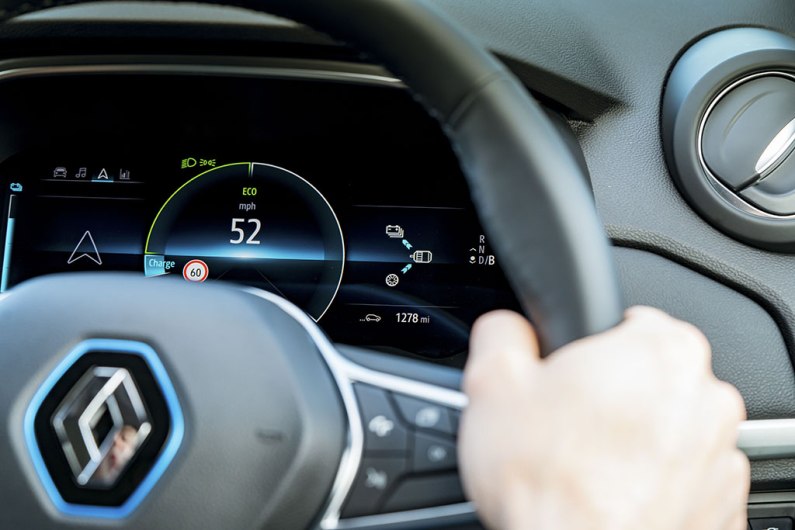
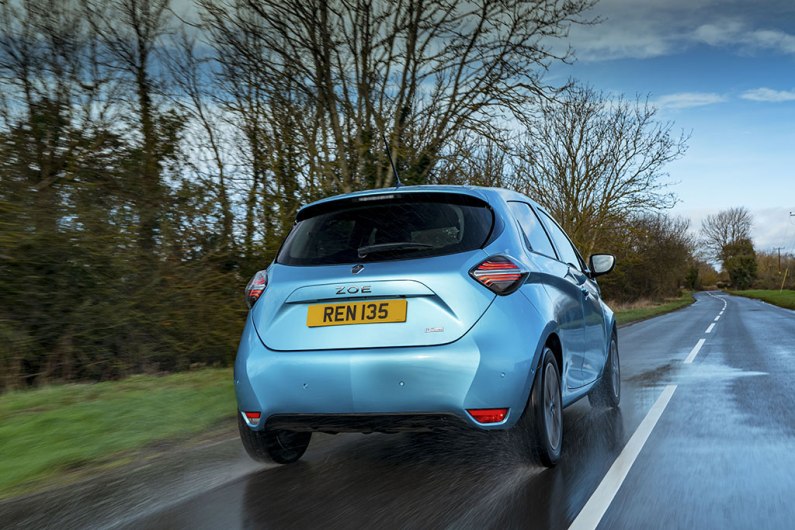
According to Renault’s research 90 per cent of charging happens at home or work and only 3 percent at public charging points. Since the Zoe is at its best as urban transport this makes a lot of sense. Unfortunately like a lot of urban dwellers I don’t have off-street parking. Neither do I have an allotted parking space in the street so it I did want to risk running a cable across the pavement I couldn’t be sure of being able to park outside my house. Neither can I take advantage of the free wallbox 7kW charger that Renault supplies with each Zoe.
My simplest option is to use the public charging point at my local Waitrose which is usually vacant. An overnight visit topped up the car’s battery from a remaining range of 60 miles up to 233 miles.
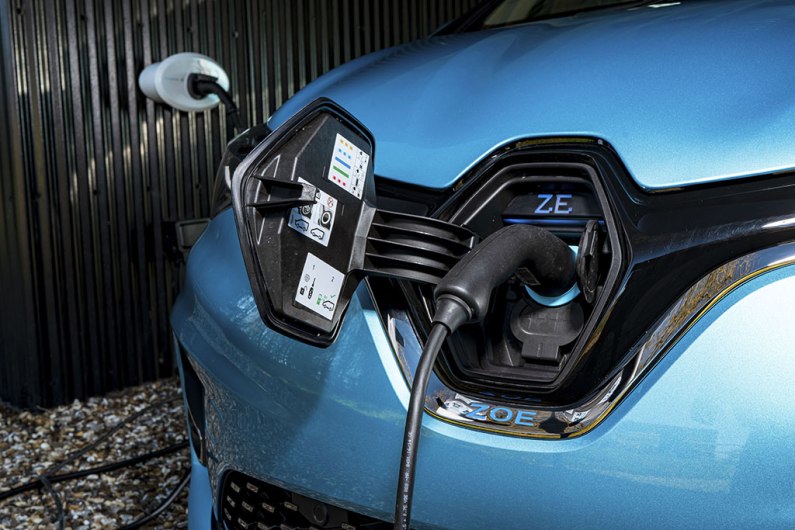
What didn’t work quite so well was a stop off to charge at a Shell charging point in a local service station. The Shell establishment has a 50kWh charging facility which should bring the Zoe up to 80 per cent full in about 40 minutes or so. However, after half an hour sat reading the paper only about 25 miles was added to the car’s range. Well short of what I was expecting.
Trouble is, the Zoe has an air-cooled battery and although it has a capacity to charge at 50kWh, the system will throttle itself back if it detects that the battery is in danger of overheating. Clearly sitting in the car for half an hour, at a garage that was not on my route, and not coming away with a full battery, was a pain.
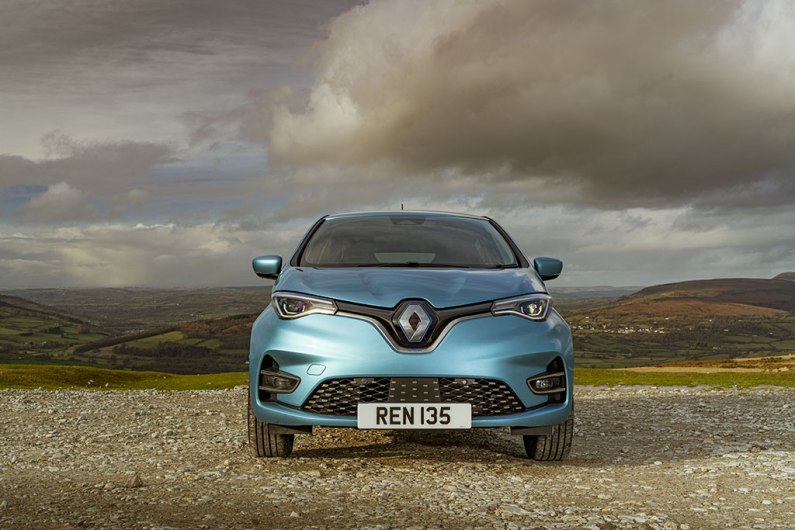
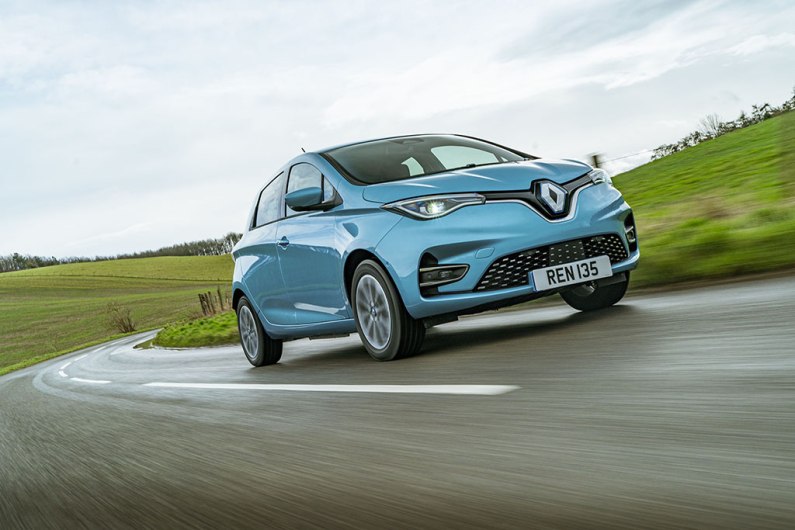
With a wall box at home the latest Zoe would be very easy to live with. The improvement in quality is welcome and the range now removes all hint of anxiety. It’s a practical and useful urban runabout that’s more than fast enough with the more powerful motor and if you’re on a tighter budget and don’t need all the kit that comes with the GT Line such as reversing cameras, electric folding door mirrors and diamond cut alloy wheels, then I’d move down to the Iconic with the less powerful motor.
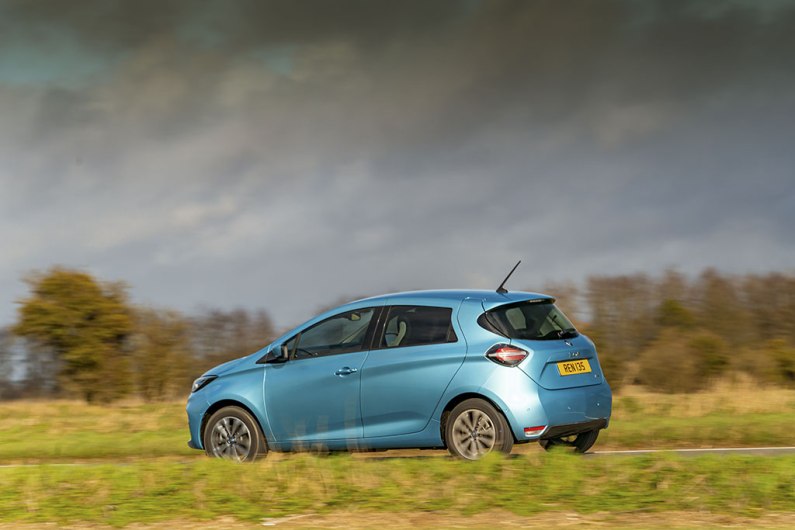
When the Zoe was launched it had very little opposition let alone credible rivals. Only the Nissan Leaf ran it close. Today that’s all changed with new pure electric hatchbacks from Peugeot and Vauxhall (the e-208 and Corsa E respectively) as well as an electric Mini and Honda’s less practical, range challenged but desirable E. The Renault Zoe, now with a battery range that will make Jaguar I-Pace and Audi e-Tron owners jealous, is still a worthy contender in the fascinating world of EVs.
Model tested: Renault Zoe GT Line
Price: £29,120 including PICG
Engine: Single electric motor
Power: 133bhp
0-62mph: 9.5 seconds
Max speed: 87mph
Range: 245 miles
Co2 emissions: 0g/km
